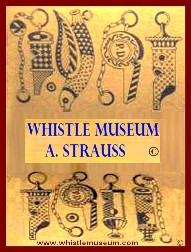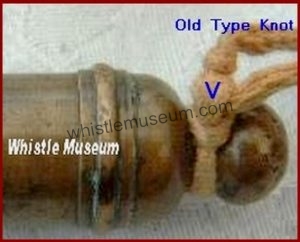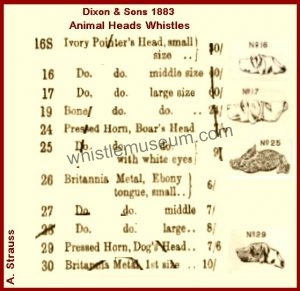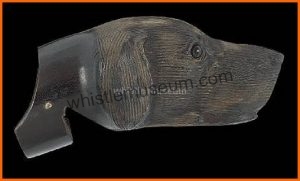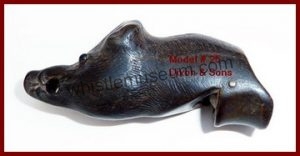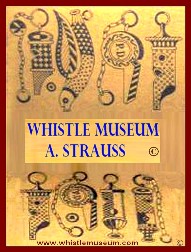Early ‘Bobbie Whistle’, Whale-Bone Pea Whistle Pre Metropolitan Police Constable Whistle from Hill’s Family.
1821 Early ‘Peeler’, ‘Bobbie Whistle’,Whale-Bone Pea Whistle Pre Metropolitan Police Constable Whistle from Hill’s Family. The next email and photos I quote word for word with some private lines omitted, is from Mr. John Hill Noted for his Great Articles about Historic Places and Cultures among others.
I received it with answers to my questions, I chose to put Some technical and Family history in Bold letters.
Dear Avner
What a pleasant surprise it was to receive your friendly and interesting email. And what a treat it was to discover your fabulous website on whistles – it is absolutely wonderful – congratulations!
My father said it belonged to his great-great-grandfather who was a “Hill” who lived in London and was one of the early “Peelers” (also called “Bobbies” – after Robert or “Bobbie” Peel) or the specialist police set up on the suggestion of Sir Robert Peel in 1814 in Ireland and, in 1829, 1000 men were formed into the “Metropolitan Police Force” who were regularly referred to as “Peelers”. It apparently belonged to him and he carried it while at work. I was lucky enough to inherit it from my father.
We don’t know much about this distant ancestor as the family history seems to have been broken when my grandfather, Alfred Hodson Hill (1887-1977), moved c. 1910 to Montreal, Canada. Before that, his father (who was a silversmith and son of the “Peeler” who owned the whistle) and family moved to Sheffield from London at some unknown date in the 19th century.
That is about as far as the family stories go.
How lovely to hear back from you! I only wish my father was still alive – he would have been so excited to find someone so interested in his family heirloom.
It truly is a unique whistle – i have been very fond of it since childhood and always impressed with the fact that ti is undoubtedly unique.

The whistle is, as you know, carved in the shape of a whale in
(presumably) whale-bone – but maybe from sperm-whale teeth or walrus ivory – I wouldn’t know how to tell the difference – can you help with this? Also, would it be useful for me to gently rub it with mineral oil – or do you have another suggestion – or, should I just leave it alone ?
One blows through the mouth of the whale to make it whistle. It does have a dark brown “pea” (roughly 8 mm. in diameter) inside the whistle, and the hole (where the sound comes out) does not contain a reed or anything other than the original piece of whale bone – with a sharp-edged hole cut into it.
It is just about exactly 8 cm long, 3cm wide at the widest point, 2 cm high
at its highest point (on the top of the whale’s head),
and about 1.5 cm wide at the narrowest place.
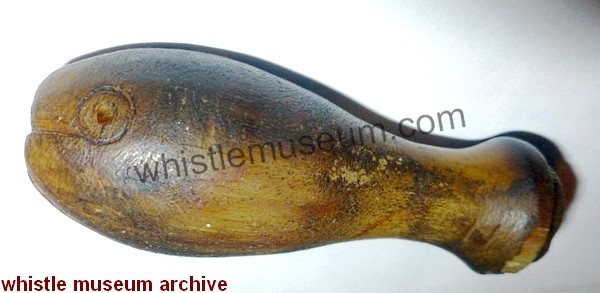
It still has a good-sounding loud, piercing whistle –
I still use it occasionally to call guests from a little cabin we have about 80 metres from our home.
Cheers
John
If I may add I believe the maker was a very fine skilled craftsman who hopefully made other whistles as well. It is also notable that it is a PEA WHISTLE.
Whistle Museum all rights reserved.
Contact: info@avnerstrauss.com
